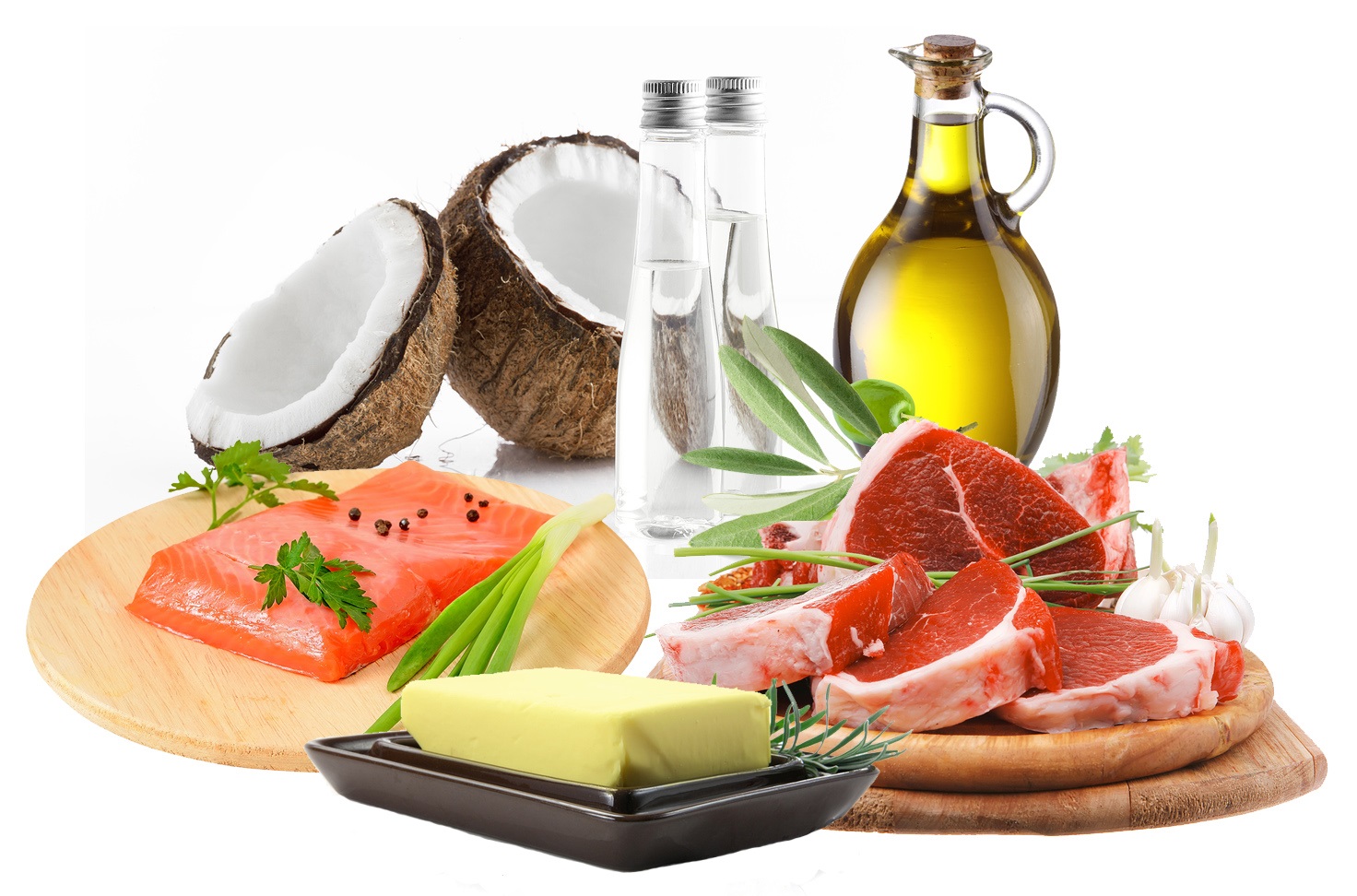What is the Purpose of FAT in our Diets?

What is the purpose of Fat within foods?
It has one purpose and that is to help the body digest vitamins A, D, E and is an essential source of fatty acids of which the body cannot create itself.
In calorie strong point all fat is the same! Whether is saturated or unsaturated 1g of Fat is equal to 9 calories, like carbohydrates and Protein if too much of this is eaten it is stored as body Fat.
For a healthy lifestyle and diet you should be making a conscious effort to minimise your intake of Saturated and Trans fats, instead replace these with unsaturated fats. This will help reduce your cholesterol and your risk of Heart Disease.
Examples of Food with high amounts of Saturated Fat: (Too much of these are what increases Cholesterol)
- Fatty Meat Products/processed meat i.e Sausages & Pies
- Dairy – Butter, Cheese, Cream, Lard, Ice Cream
- Chocolate, Cakes & Pastries
- Palm Oil, Coconut Oil and Coconut Cream
The Government recommended daily intake is below:
- men shouldn’t have more than 30g of saturated fat a day
- women shouldn’t have more than 20g of saturated fat a day
- children should have less
Trans fats are often found in small amounts in Meat and Dairy foods, like Sat fats these can increase cholesterol. The government daily guideline for Trans fats is no more than 5g a day for an adult, luckily there isn’t a large trace of such Fats in our foods in the UK.
As i said earlier if you want to bring down your Cholesterol and decrease your chance of Heart Disease your better having more Unsaturated fat rather than Saturated fat in your diet. These are primarily sound in Fish and Oils, they are commonly known as polyunsaturated or monounsaturated. Examples of Foods which contain Unsaturated Fats are:
- Olive oil, rapeseed oil, sunflower oil and other spreads
- Avacardos
- Certain nuts; Almonds, Brazil and Peanuts
- Fish; mackerel, Kippers, Herring, Trout, Sardines, Salmon and Fresh Tuna
So watch your fat intake and what fats you’re eating! Something as simple as checking the Nutritional label on the back of the foods you buy will give you all the info you need!
Alan Fitton – Head PT
Trackback from your site.
